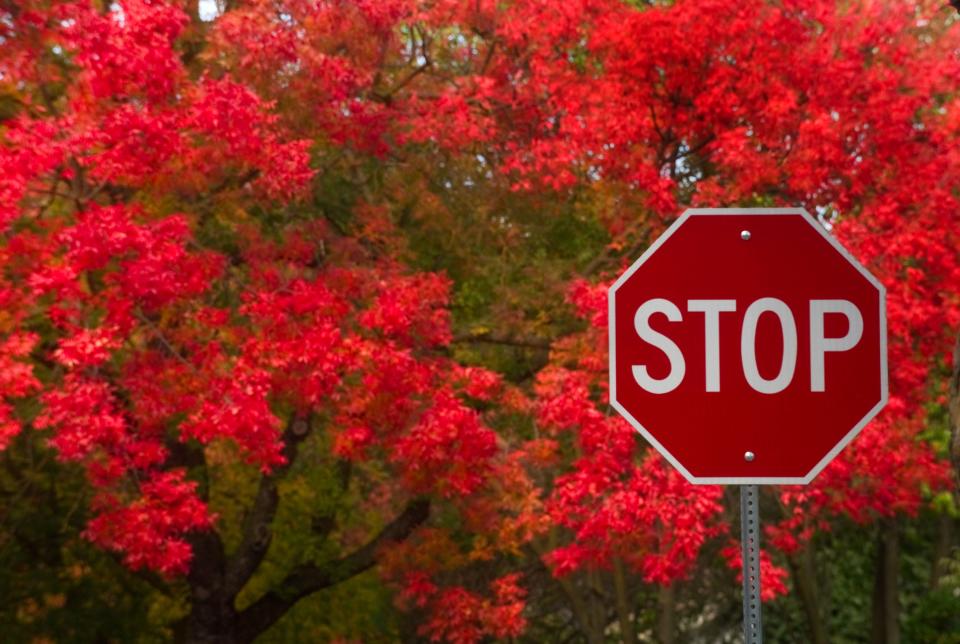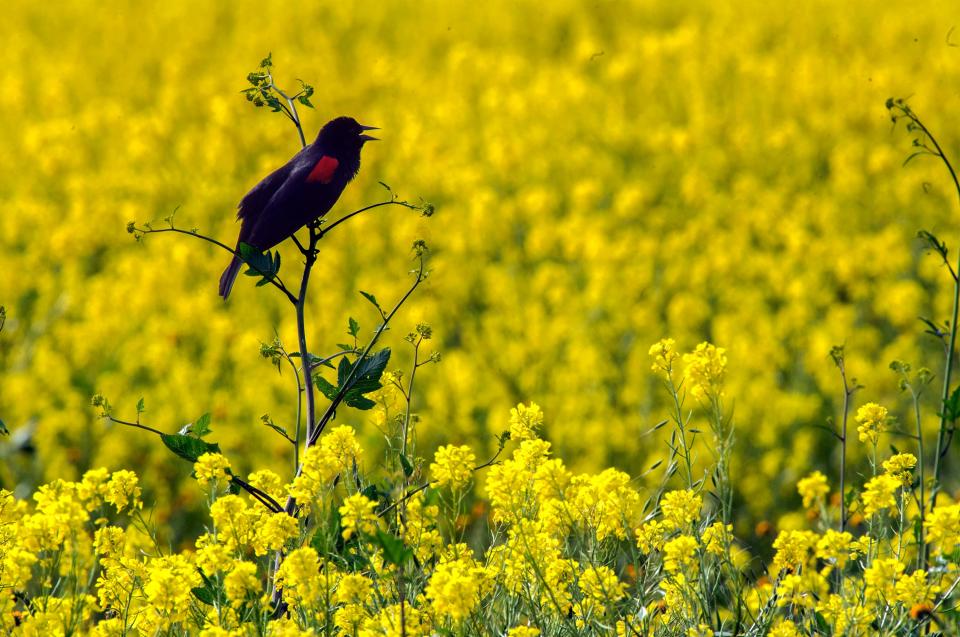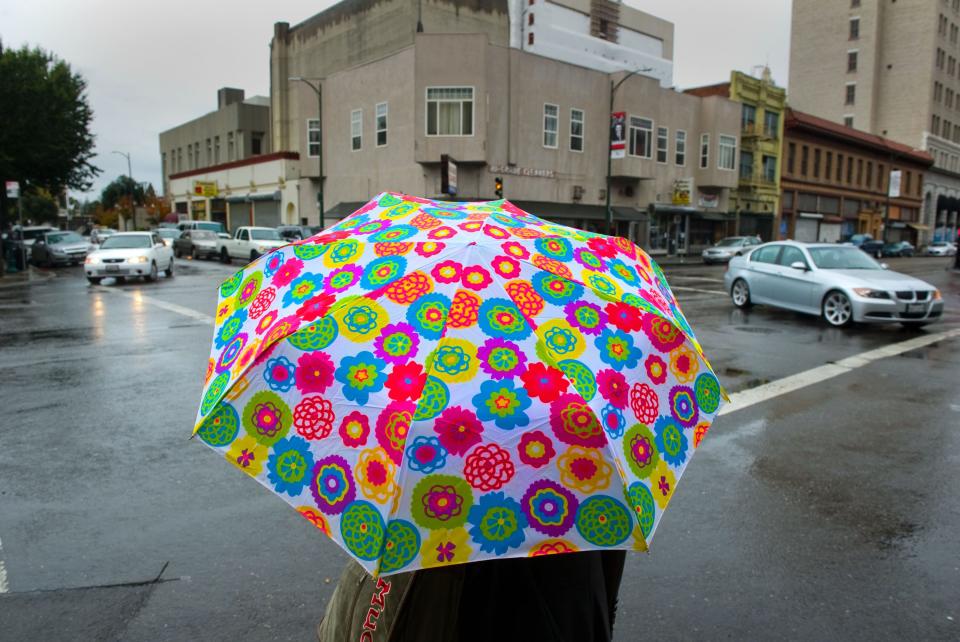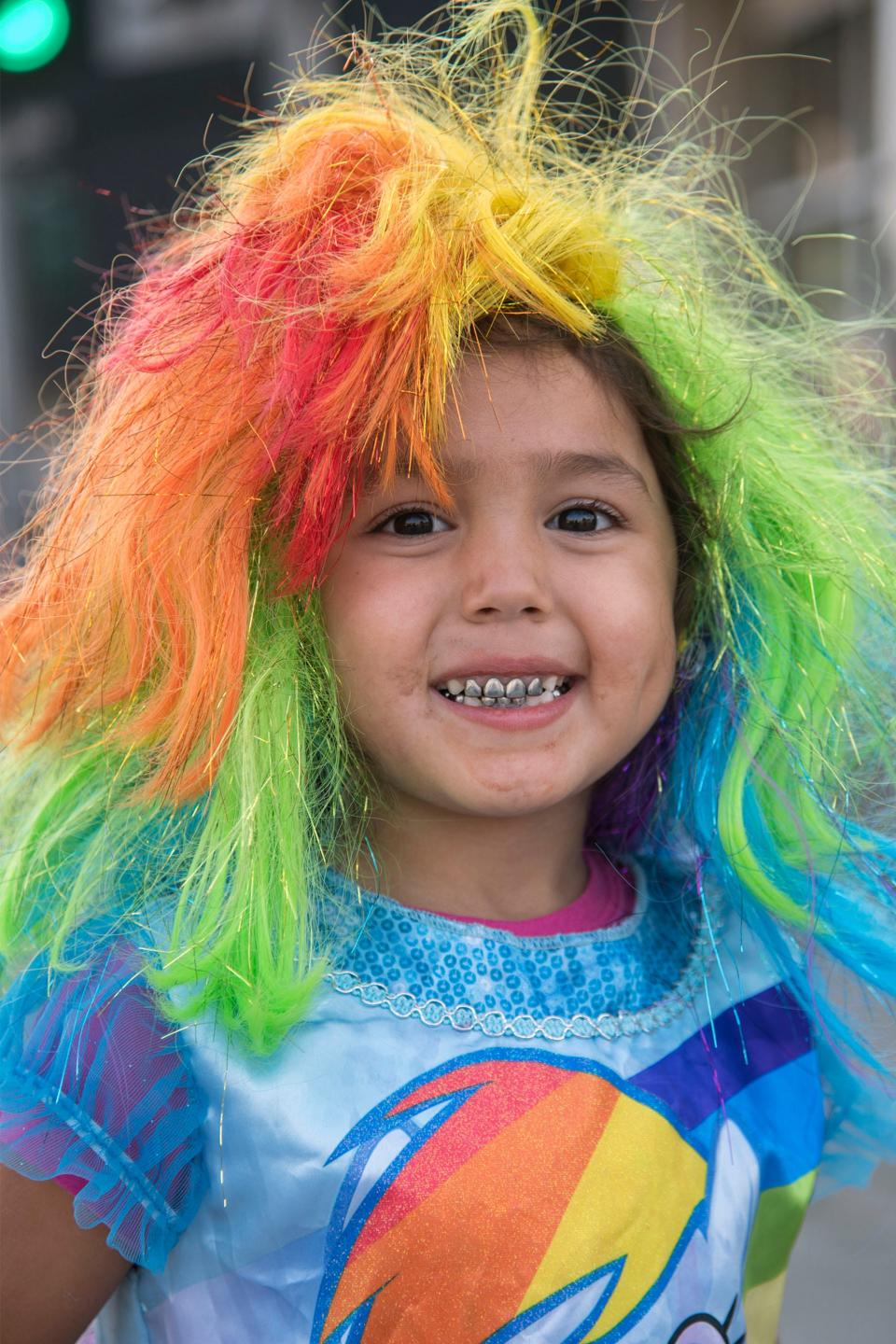Readers Photo Challenge assignment: Show your true colors
The subject of this month’s Readers Photo Challenge is color.
We see things in color, so accordingly, most pictures we take are in color. If we want a black and white photo, there are plenty of apps and programs to convert them. There are scenes without much color in them, which is fine, and there are others that are all about the colors.
This assignment is about the latter: colors that turn an ordinary photo into something spectacular.

Having bright bold colors can make for eye-catching images. It’s hard to resist a fiery orange sunset or bright red and yellow fall leaves. My head always turns for spectacular color. Subtle colors in a photo is much harder to pull off. It’s not always a good idea to combine the two, lest the finer hues get lost in the scene.
Color can affect the mood and emotion of a photo. Bright colors such as yellows and oranges tend to be upbeat, happy colors and can suggest movement and action. Darker hues such as purples and blues are more calming, sometimes even somber. Whichever you choose can affect the viewers’ emotions.

Color can be used a compositional tool. You can have a visual cacophony of many colors in an image. In those, it’s usually good to have a subject that’s a neutral color as a focal point to give at the viewers’ eyes a refuge from the visual noise.
Contrasting colors can also help your composition. You can use two opposite or very different colors, such a blue and yellow or red and green, to play off of or balance each other. You can have equal parts of each or you can approach it another way.
Within a large field of a bright color, you can put a neutral or opposite color as a focal point. Conversely, you can put a single subject that boldly colored like a bright flower, against a dark or neutral field.
Your image can be about a single color. It can be entirely red or blue or yellow, whatever you choose. If that’s the route you take, there can be many different hues, so try using variations of the same color to break things up. You can use that single color to connect elements together within the frame. You can uses a color, say red, in three different portions of the picture for a triangular composition, for example.
Usually, when shooting multiple colors the fewer, the better. Lots of different colors can be confusing to the eye. Not to say that it can’t work, but it’s much harder to pull off. Try starting out with just two to four different colors.
You can use found subjects or set up the scene yourself. Just be sure to show your true colors.

Record photographer Clifford Oto has photographed Stockton and San Joaquin County for more than 37 years. He can be reached at coto@recordnet.com or on Instagram @Recordnet. Follow his blog at recordnet.com/otoblog. Support local news, subscribe to The Stockton Record at https://www.recordnet.com/subscribenow.
How to enter
1. Photos have to be taken between June 28 and July 12.

2. Include your name (first and last), hometown, the kind of device you used, how you got your photo and where it was taken (e.g. "John Doe of Stockton, Canon 5D Mk III. The Donald B. Wood pedestrian bridge over the Calaveras River in Stockton").
3. If there is a recognizable person or persons in the photo please identify them (name, age, hometown) and describe what is going on in the photo (e.g. “My daughter Jane Doe, 12, of Stockton, wears a bright red dress on the Donald B. Wood bridge in Stockton at Sunset.”). Please indicate how they are related to you (friend, mother, father, daughter, son, etc.).
4. Please feel free to include any interesting anecdotes or stories on how you took the picture.
5. The number of photos is limited to 10.
6. Entries can be emailed to coto@recordnet.com. The preferred format is jpeg. Type in “Colorful” in the subject line.
7. The deadline for submission is July 12. Top picks will be in the July 19 Record and posted to the Record’s Facebook page and Instagram. An online gallery of all the photos on the same day at recordnet.com.
This article originally appeared on The Record: The Record Readers Photo Challenge asks for colorful pictures

